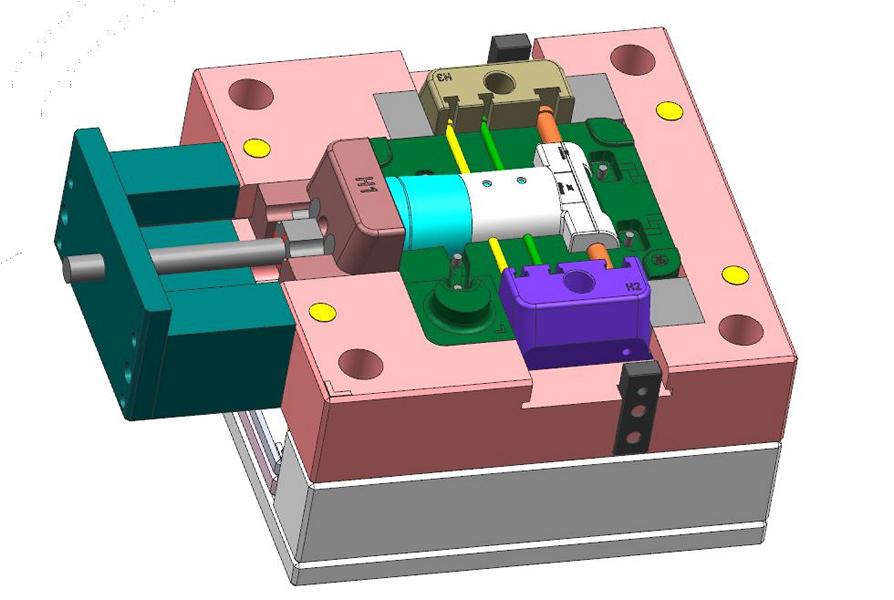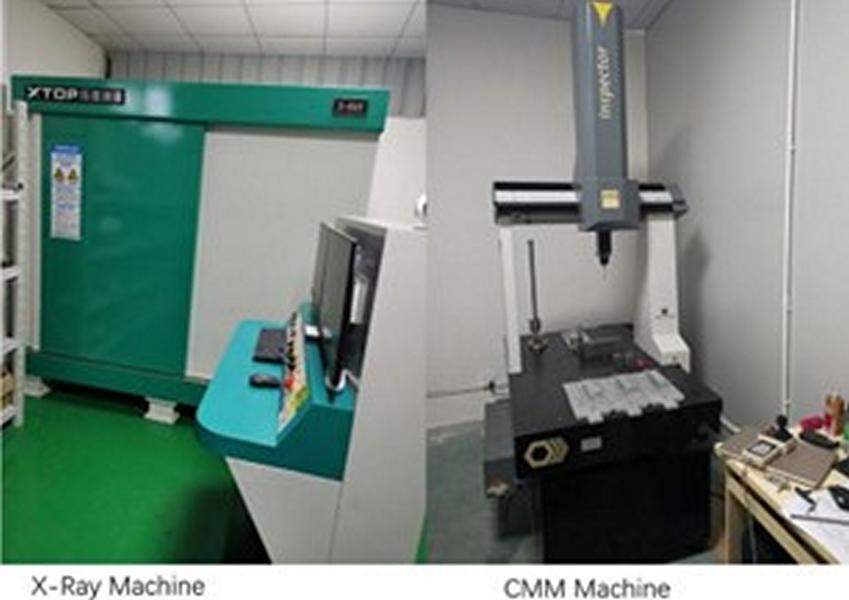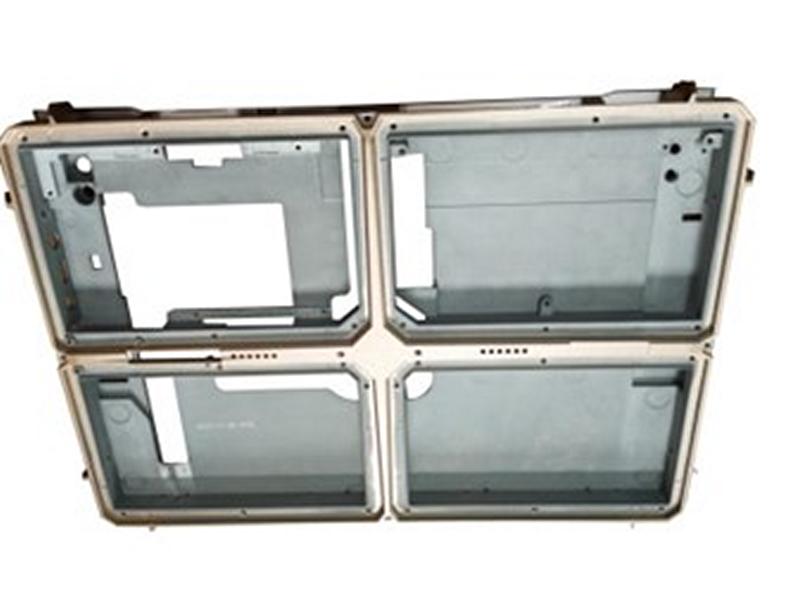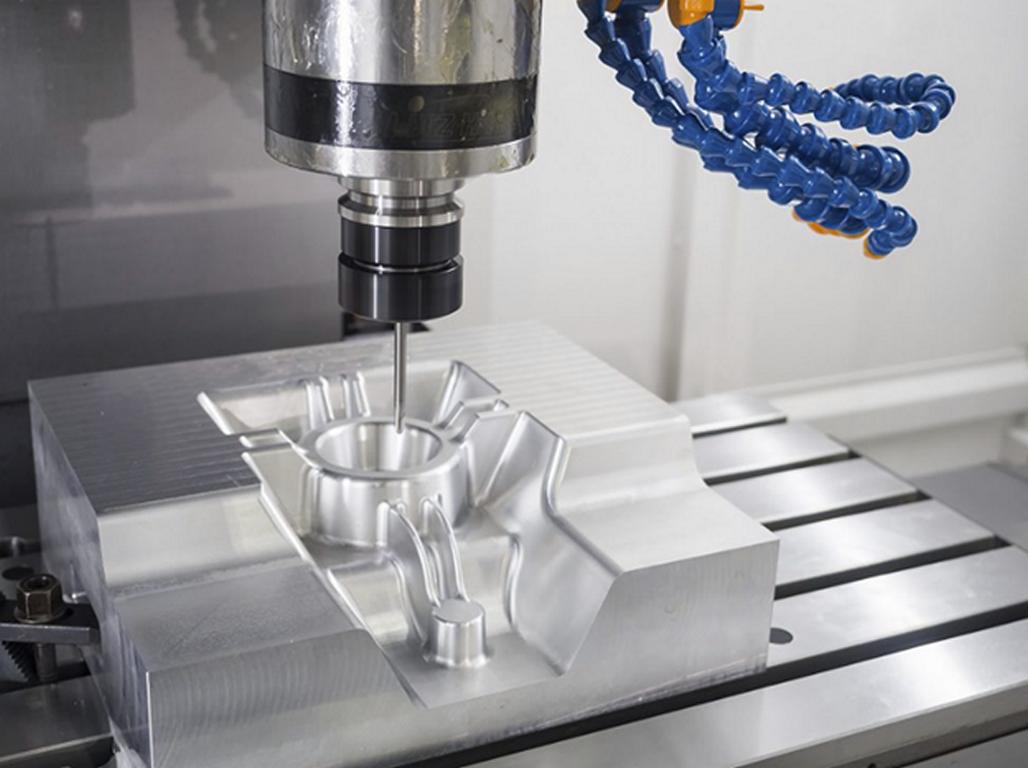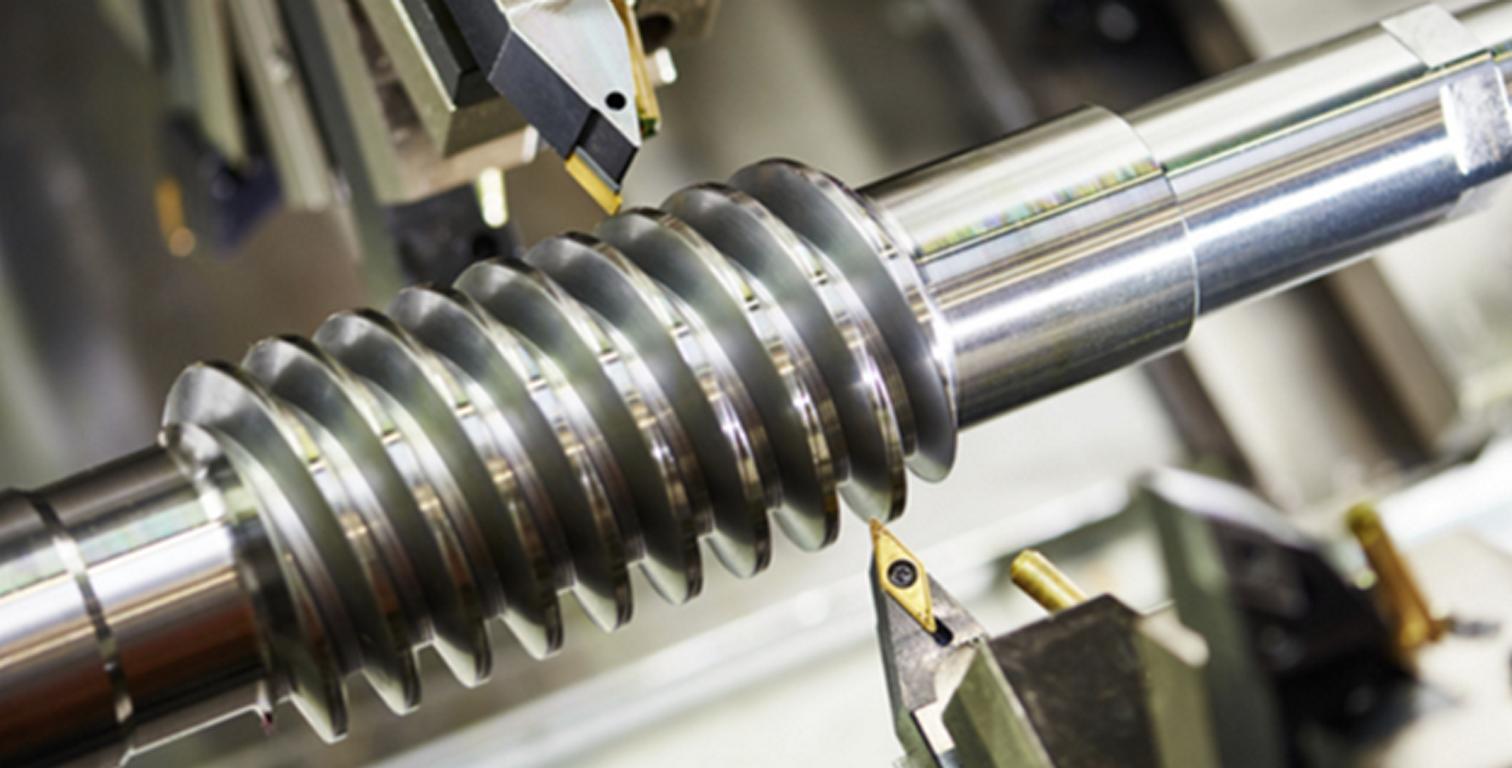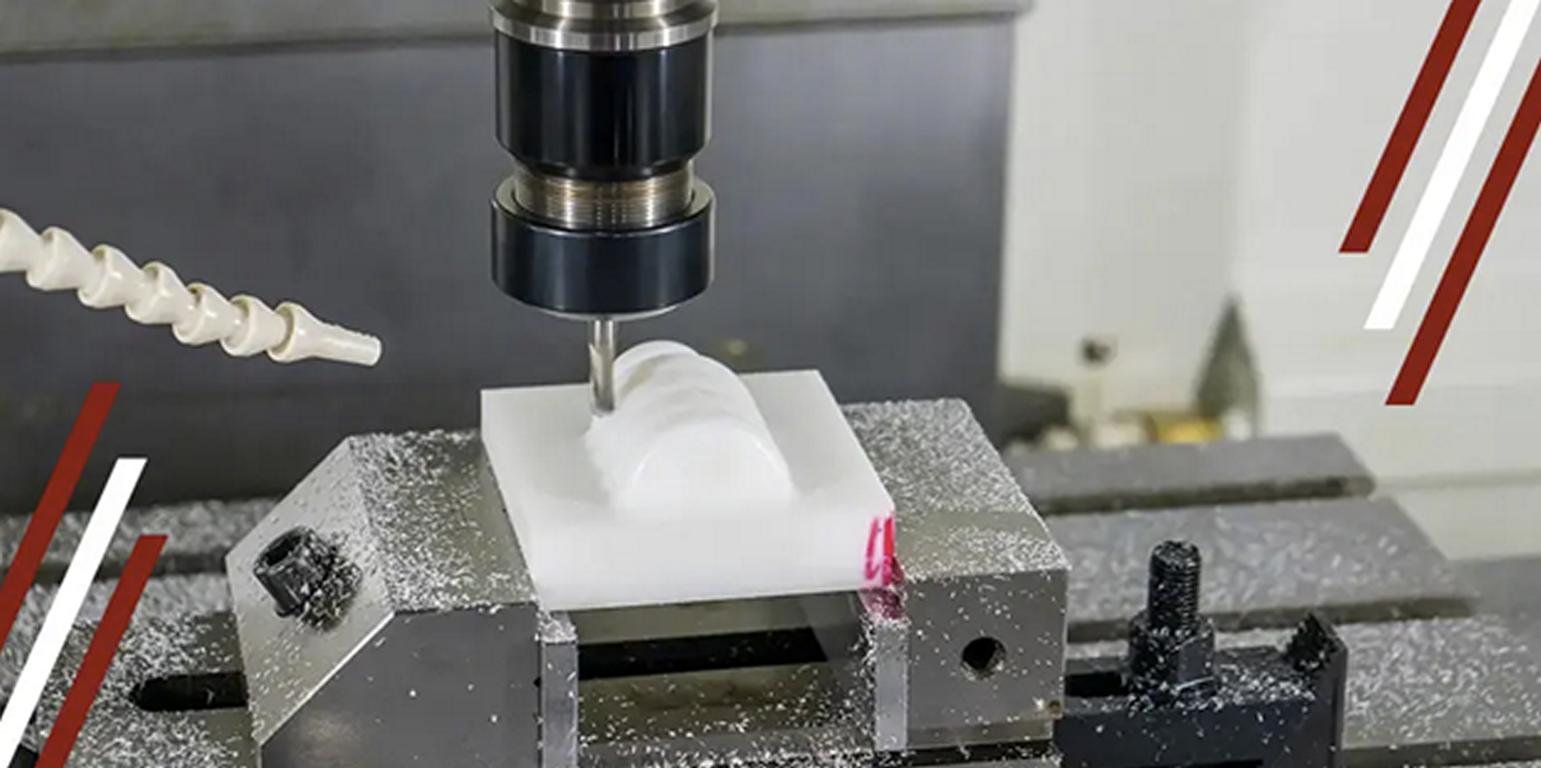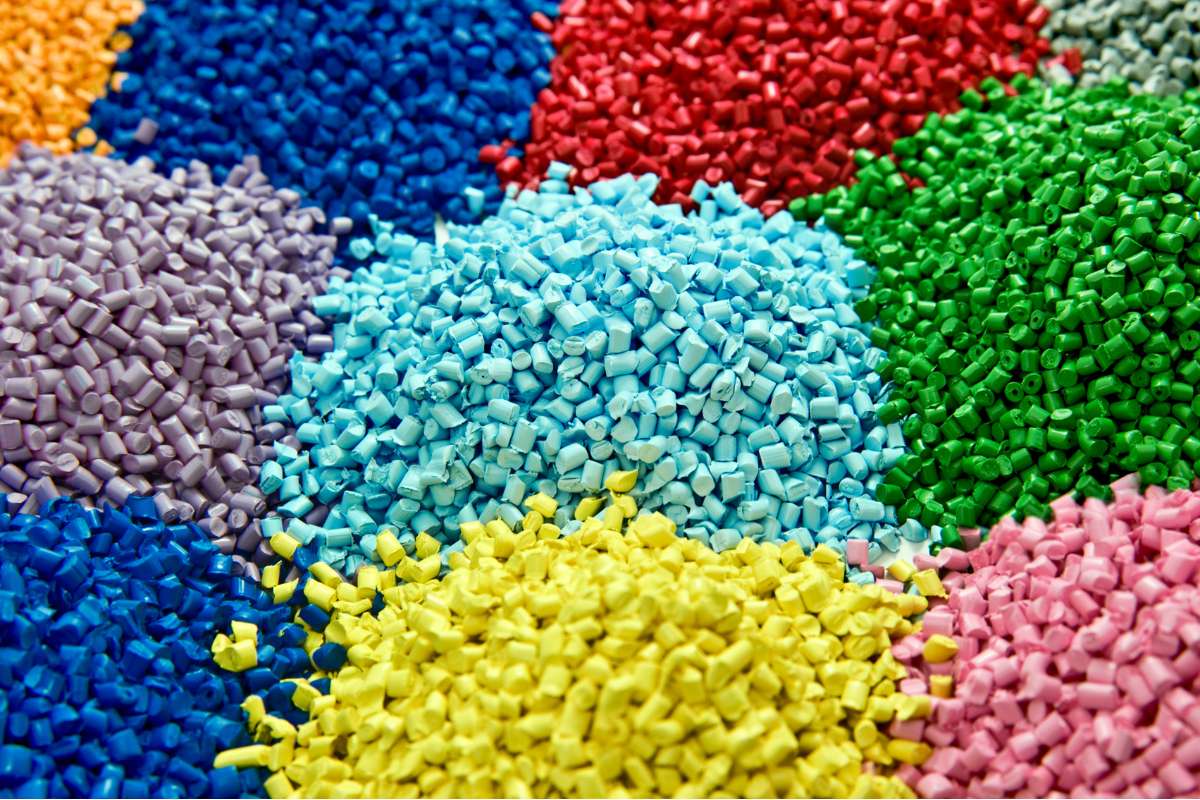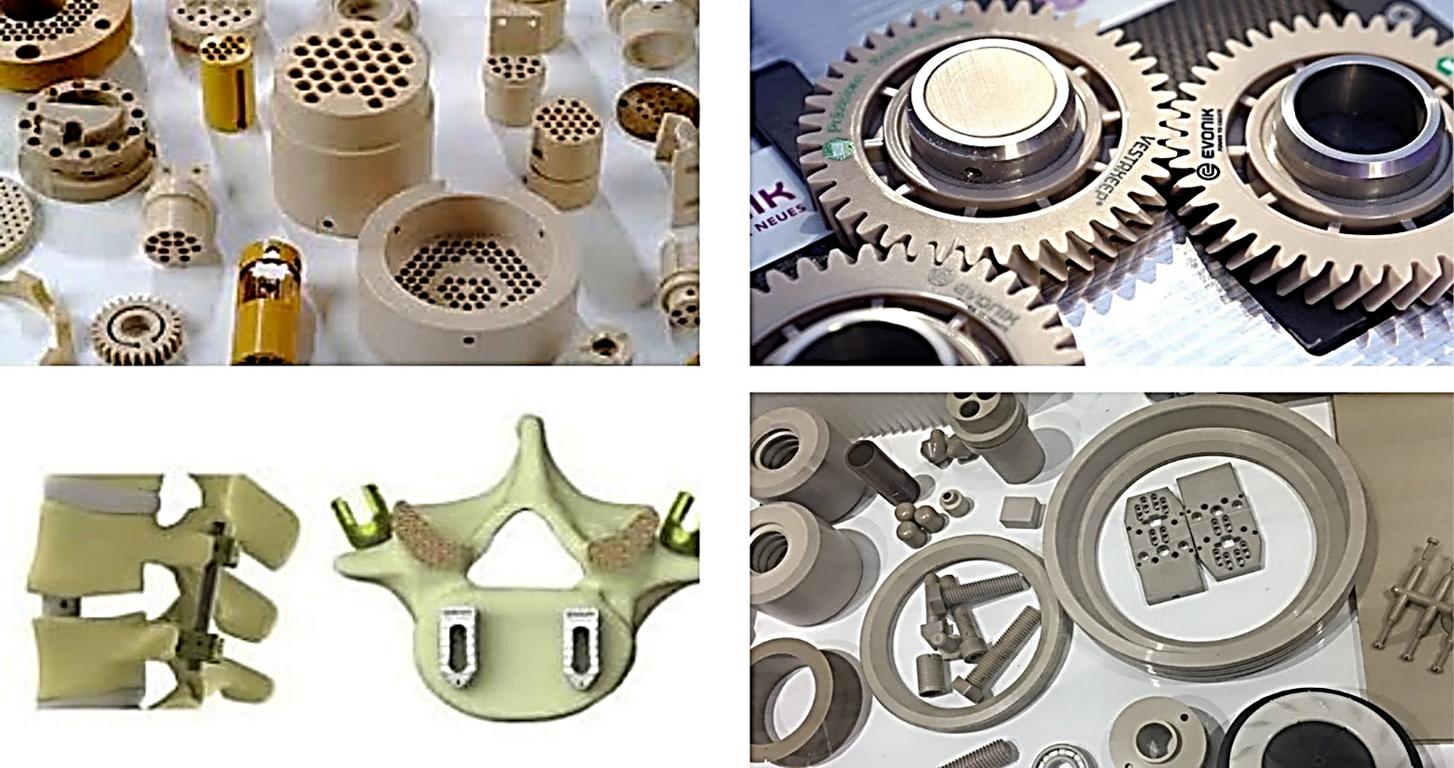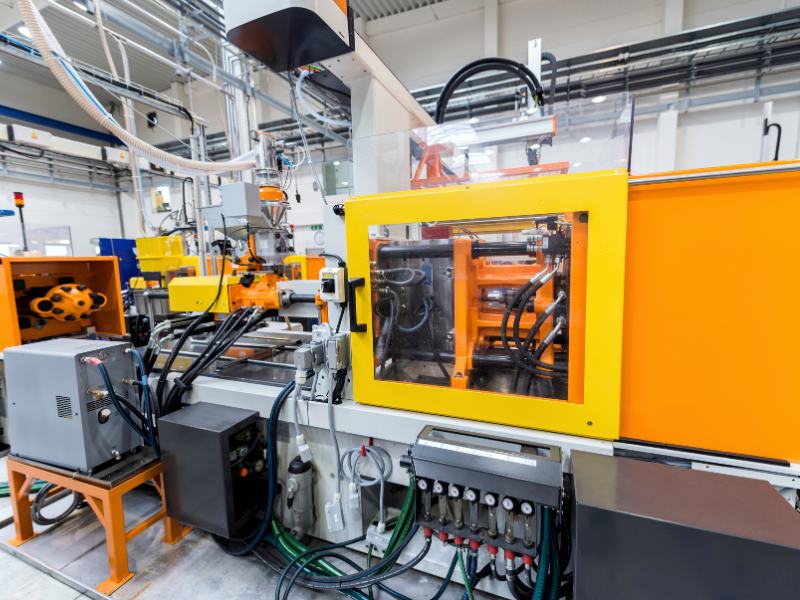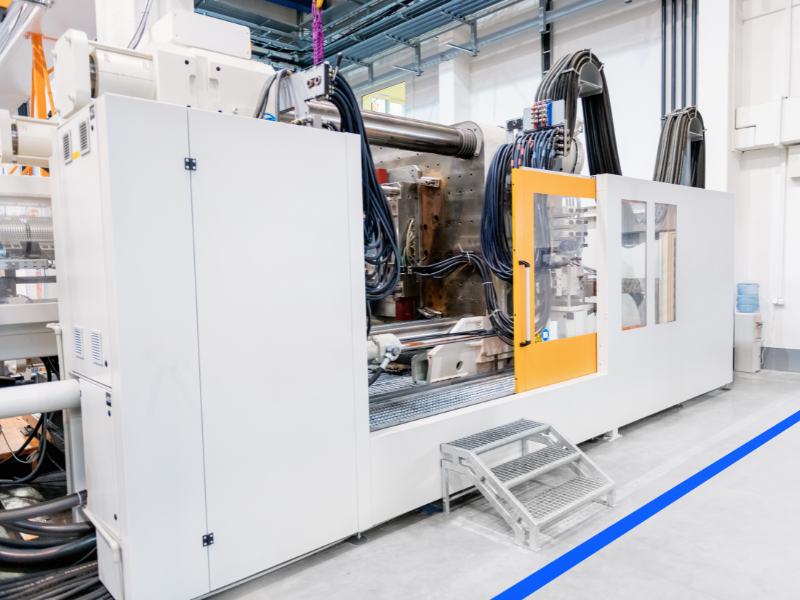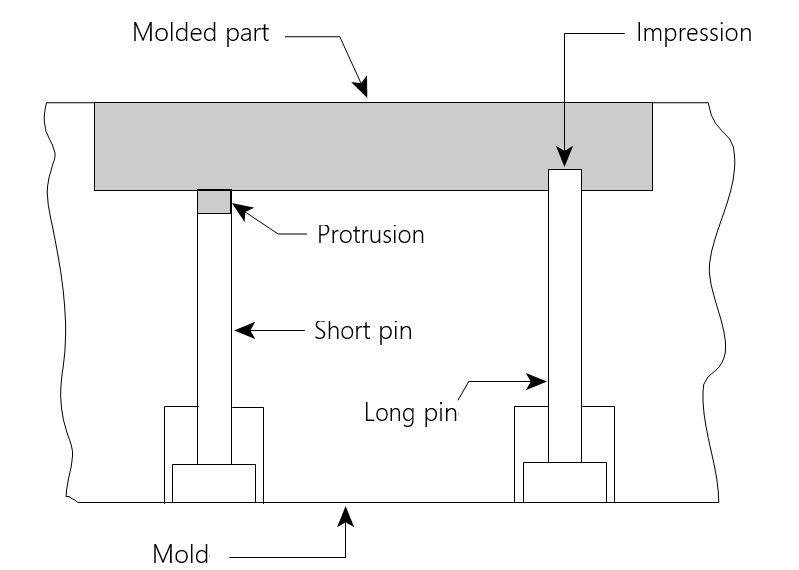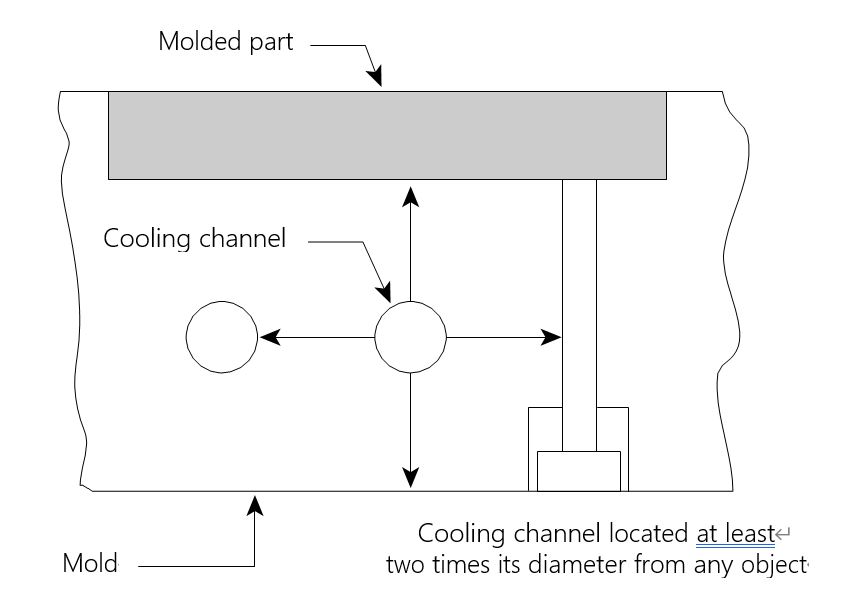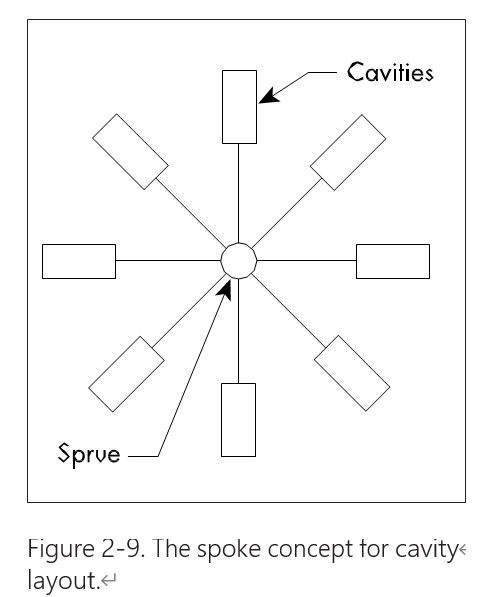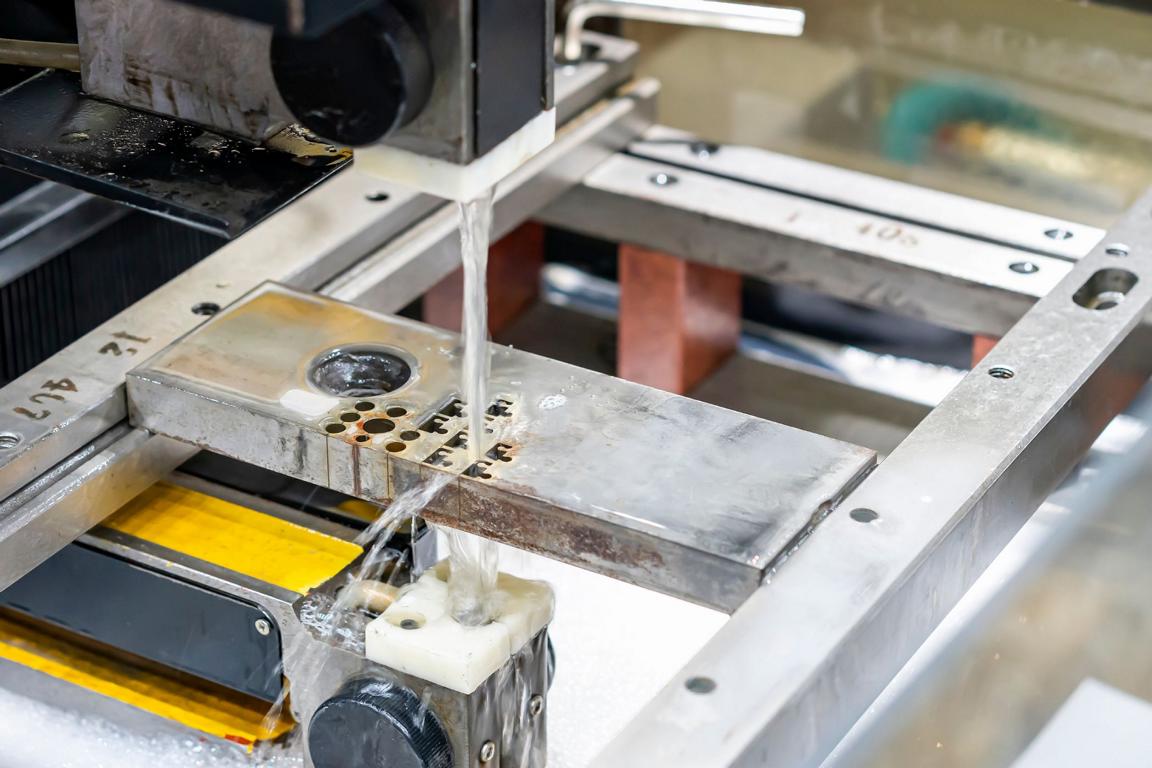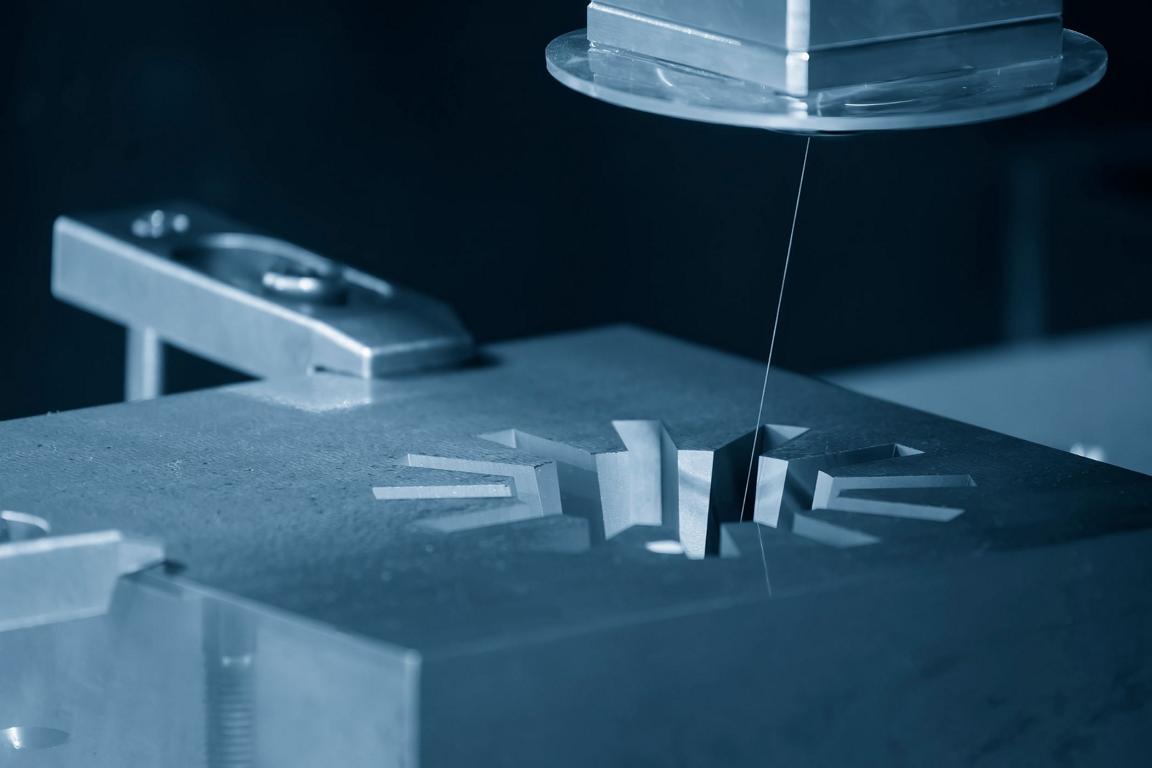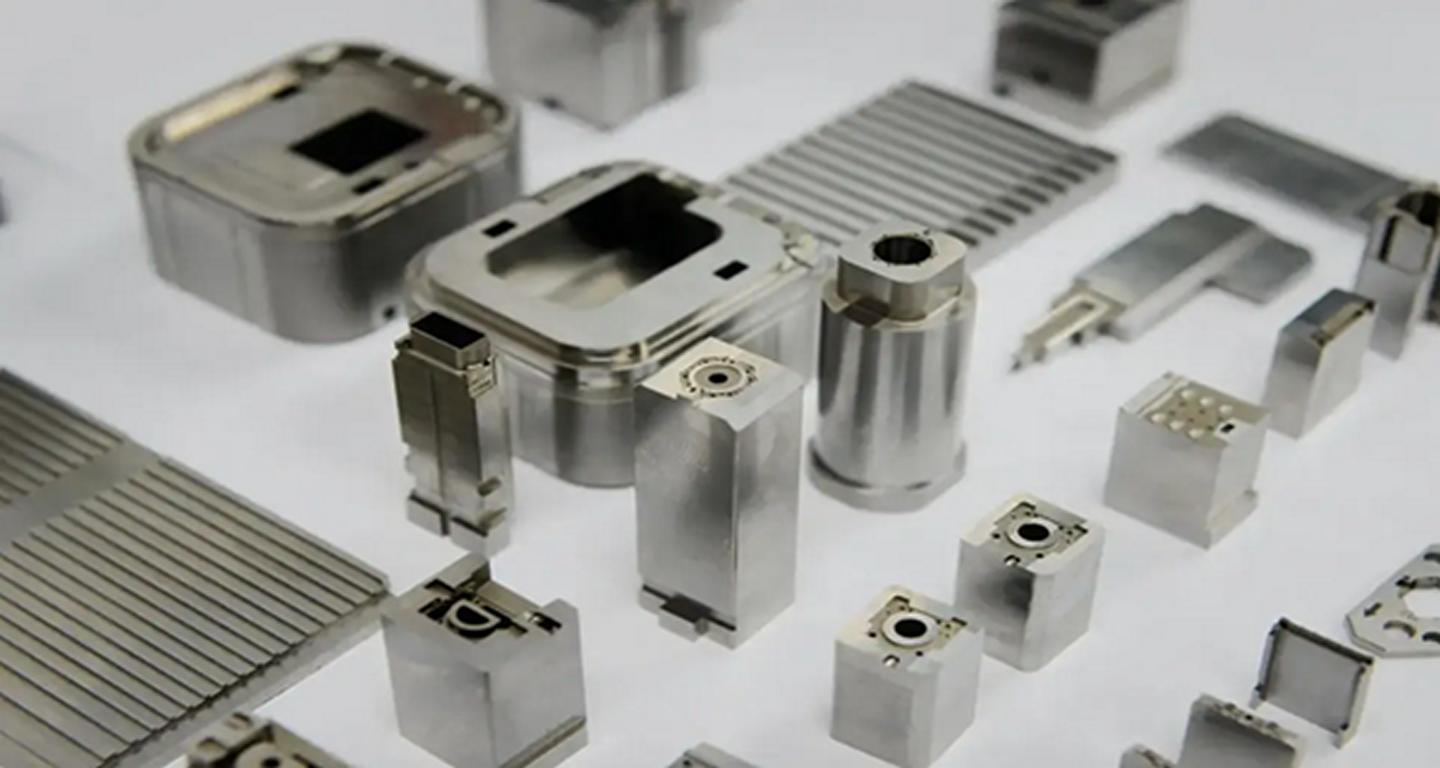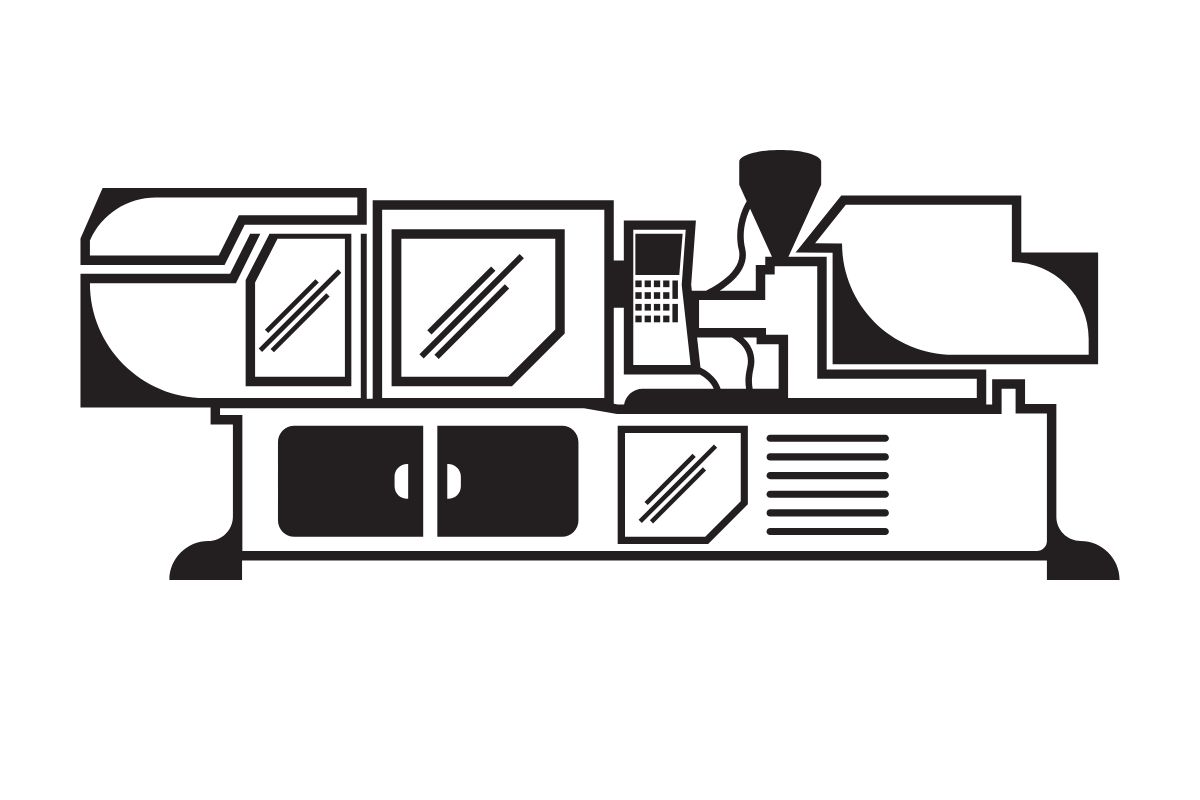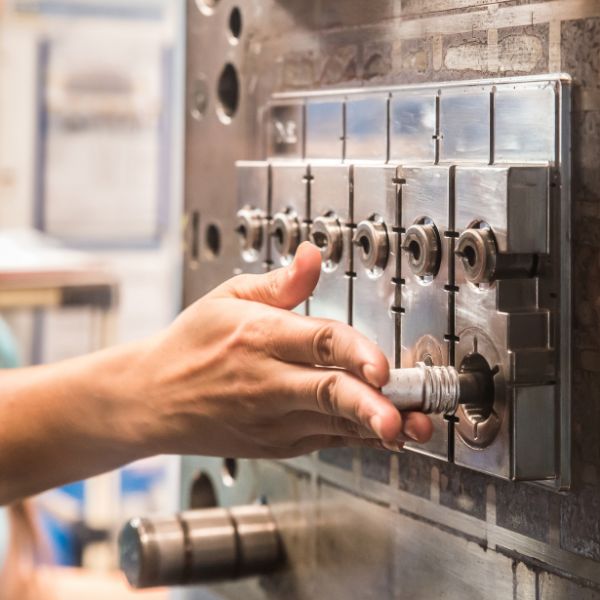7 Types of Food-Grade and Food-Safe Plastics
As far as food safety is concerned, information concerning packaging and storage materials is important. Not all plastics are safe for food contact. So, it is crucial to learn about food-safe plastics. Some insights on making the right choice can go a long way in improving both health and food quality. In this article, you will find out what food-grade and food-safe plastics mean, their main characteristics, the legislation governing them, and their main uses.
What is Food Grade?
Food contact material is safe to use in direct contact with food. These materials have no bitter taste that may affect the food and are included in packaging, cutleries, etc. An economic view of food-grade material is that such items cannot be used in food production if they don’t meet some requirements from authorities, i.e. FDA approval plastics.
What is Food-Grade Plastics?
Food-grade plastics are special plastic types certified by food-contact administrative bodies to come into contact with food. They are subjected to rigors to check their ability to contaminate foods with chemicals or toxins.
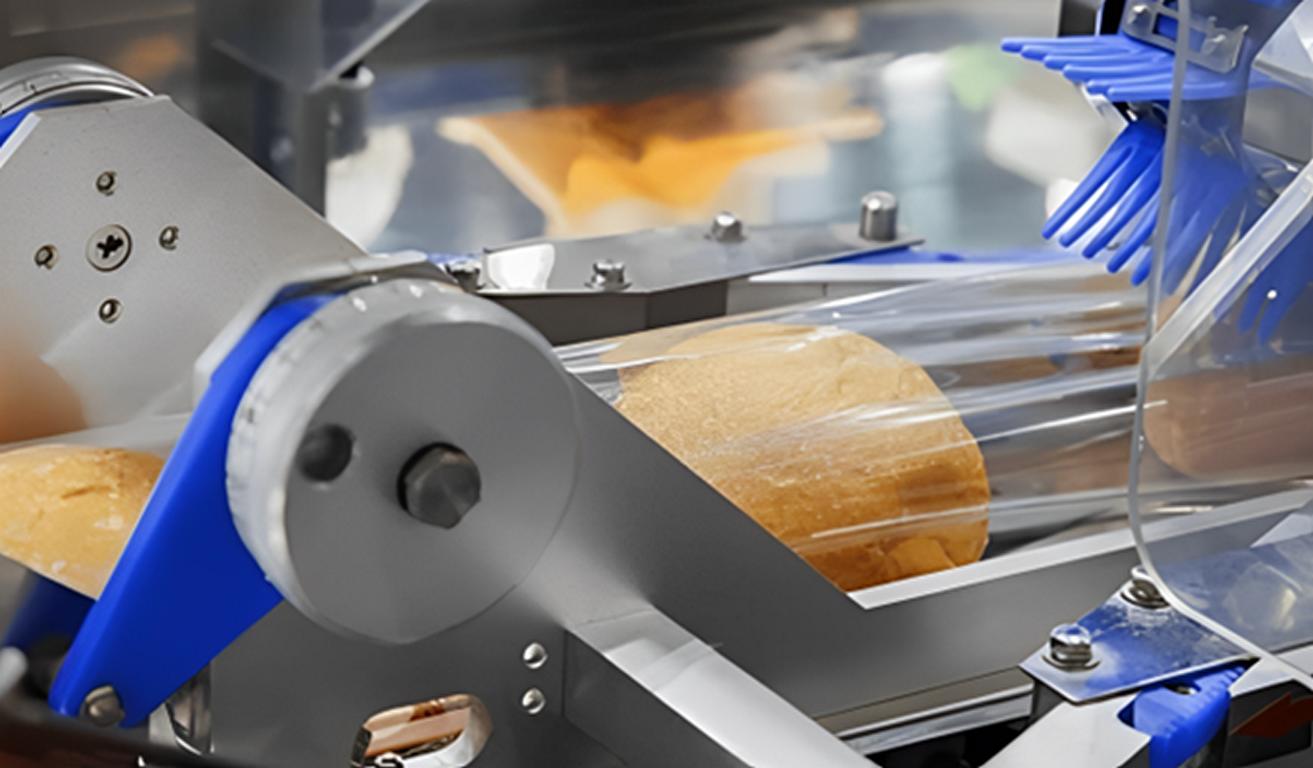
What is Food-Safe Plastics?
Food-safe plastics can be defined as plastics with features and characteristics that make handling, storage, or transportation of food possible. It should be noted these plastics do not disintegrate easily or leach out toxic chemicals when exposed to food, heat, or moisture.
Food-Safe vs. Food-Grade
For “food-safe,” which means that a material is safe for food contact under conditions that are considered standard, “food-grade” means that the material is compliant with the FDA or other regulating bodies. All food-contact plastics are food-safe but not all food-safe materials qualify classified as food-grade.
All You Need to Understand About BPA
Bisphenol A or BPA is a compound used in plastics that can migrate to foods or drinks. Research indicates that BPA may pose some dangers if ingested, therefore; various authorities have sought to limit the use of this chemical in food contact applications. We should pay attention to plastic food wraps labeled as ‘food-grade’ containing BPA, which should be eliminated.
Methods of manufacturing food grade plastic products
The food-grade plastic products require the correct type of direct material, preventive measures against contamination, and a proper processing method. Here’s a breakdown of how to produce food-grade plastic products:
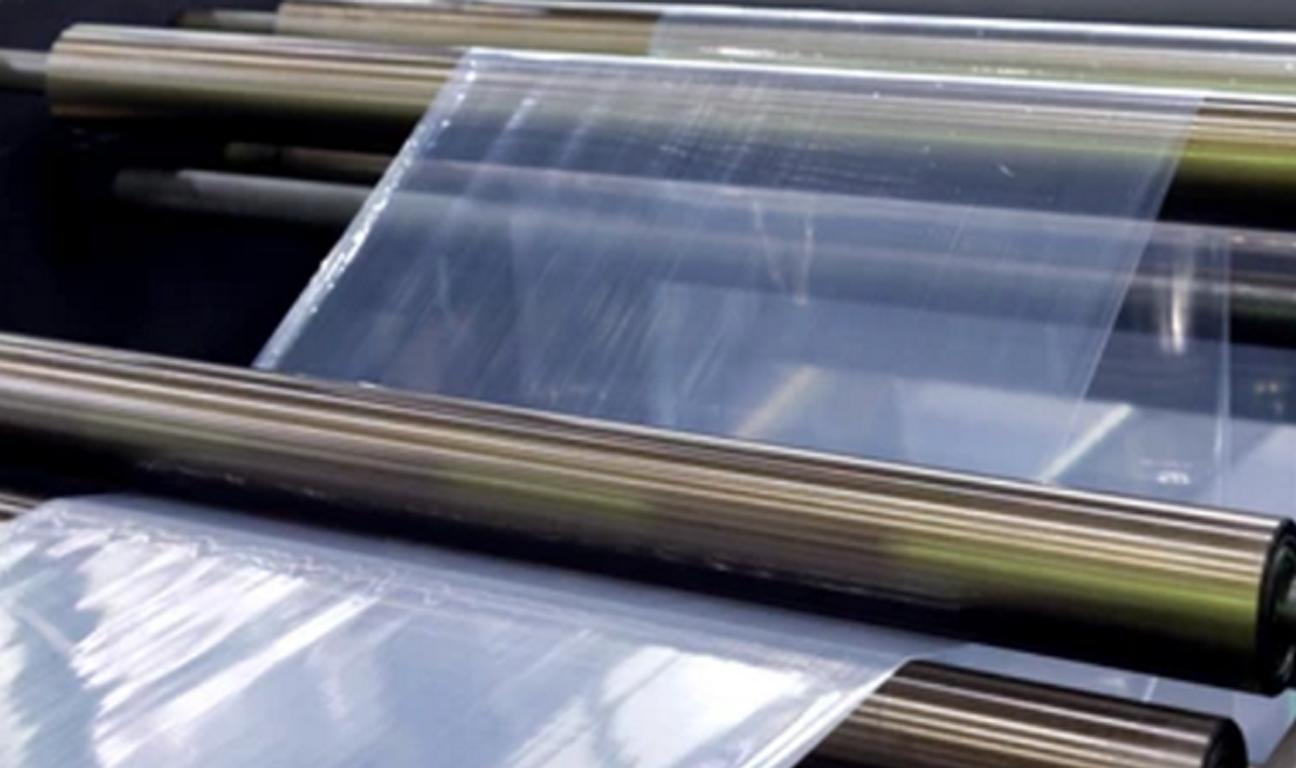
1. Selection of Raw Materials
The process starts with procuring the best raw materials chosen to meet the actual and required food safety standards. It must not contain chemicals that are toxic and can migrate into foods, examples of this chemical include Bisphenol A (BPA) and phthalates. Plastics allowed include those that meet this status at the international, federal, or state level, i.e. United States Food and Drug Administration (US-FDA) approved plastics are used. Some familiar Food Grade Plastics may include PET, HDPE, PP, and LDPE.
2. Compliance with regulatory standards.
Manufacturers need to ensure that the materials of plastic and additives used are safe for use with foods as identified by the FDA (United States) and the EFSA (Europe). They test to ascertain that no dangerous migratory substances are present on the materials for transfer into food. Food-contact plastics standards, i.e., insist on the purity and composition of the material before the FDA allows them to be used for food storage or packing.
3. Good Manufacturing Practises (GMP)
Production of food-grade plastics involves the adherence to good manufacturing practices (GMP). GMP includes cleanliness, keeping all parts and processes uncontaminated, and cleaning the machines and equipment. This implies that the firm has control over the introduction of raw materials through to the packaging of the final product.
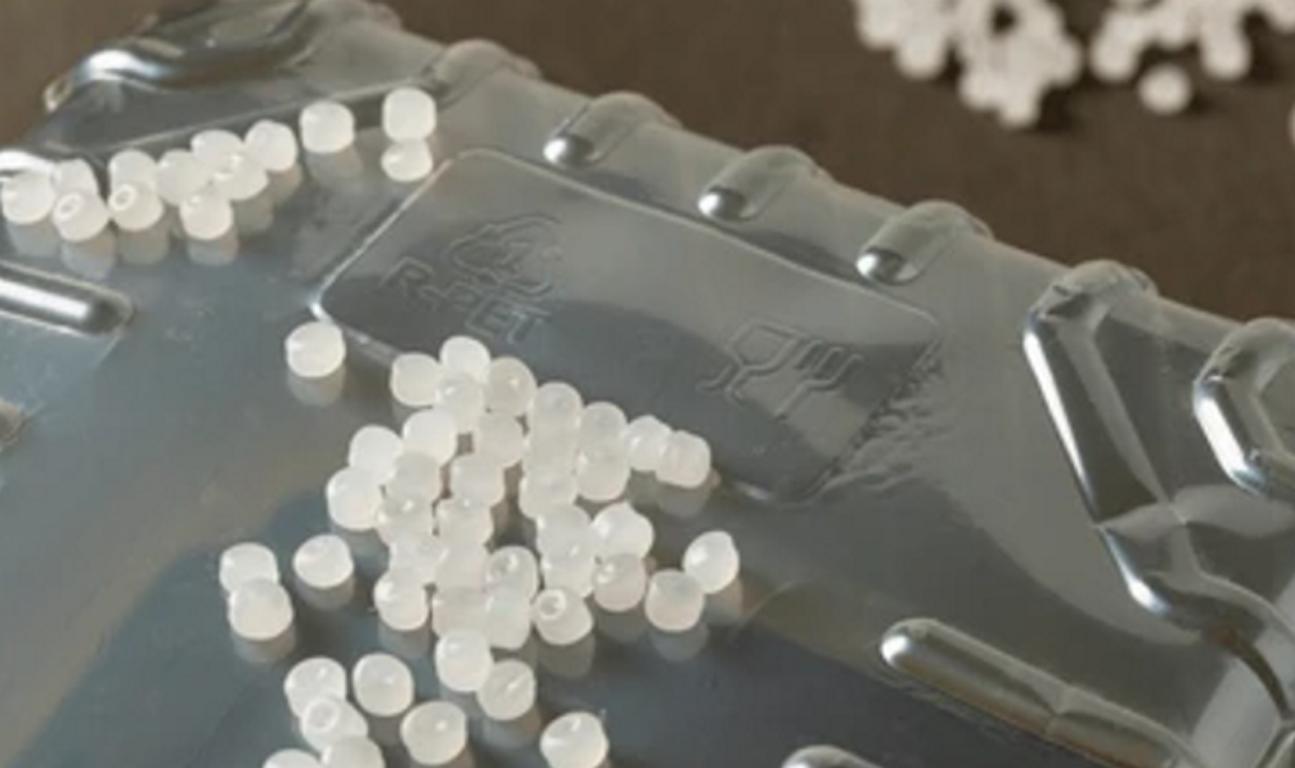
Key GMP principles include:
- Proper Facility Maintenance: Production facilities should be clean and they should not have any contaminants at all.
- Machine Sterilization: Equipment used for production purposes is always cleaned to eliminate any possible cross-linking with diseases.
- Employee Hygiene and Training: Employees in the manufacturing of food-grade plastics are trained to handle the product appropriately together with cleanliness.
4. Blow Molding Injection Molding or Extrusion
Outputs start with the selection and quality control of raw materials. Here the plastic is formed by processes such as injection molding or extrusion.
- Injection Molding: These plastic pellets are melted by heating, and then forced into molds which form containers, bottles, or other shapes.
- Extrusion: Plastic use involves melting and extruding through a die to form continuous structures common as sheets and films.
Both fabrication techniques ensure accuracy in dimensionality plastic thickness, and strength, which is important for food compliance.

5. Testing for Safety and Compliance
Plastic products go through various tests to meet the necessary safety standards. These tests determine the efficiency of chemical leaching, thermal stability, and the service life of the conditioned vegetable oil. Food-contact plastics do not chemically interact with the food-contacting surfaces, and should not be damaged by heat. Besides this, they should not degrade and leach out any dangerous chemicals.
Some of the tests include:
- Migration Testing: Make sure that the specific chemical migrates into food to an extent not greater than the allowable level even under the stated conditions like heating or freezing.
- Strength and Durability Testing: Checks for plastic toughness to determine if it will not break or dematerialize.
6. Labeling and Certification
When the food-grade plastic meets all safety and compliance requirements, it gets its official labels. Customers and regulatory bodies such as FDA offer accreditation, to products that work to specified safety measures. Manufacturers like to add claims such as ‘BPA free,’ ‘FDA approved,’ or the recycling symbol that denotes the type of plastic, i.e. 1 for PET, and 2 for HDPE. These labels assist the customer in differentiating between the safety and the appropriateness of the product for food use.
7. Sustainability and Recyclability
Recent years have improved attempts at keeping up with sustainability in food-grade plastics production. Increased consumer awareness is creating pressure on most manufacturers to adopt either post-use-recycled plastic material, i.e. food grade, or look for biodegradable plastics. That is why, ensuring that food-grade plastics are recyclable and are friendly to the environment is an essential factor today.

7 Types of Food-Grade Plastics
Here are some common types of plastics we can use as Food-Grade and Food-Safe;
1. Polyethylene Terephthalate (PET or PETE)
PET is generally used to make water and soda bottles and food containers, i.e. peanut butter jars. It is light, tough, and very effective in barring moisture hence its use in packaging. PET is also (ed code: 1) highly recyclable but is best used only once as it may degrade if used continually.
2. High-Density Polyethylene (HDPE)
HDPE is used in milk jugs, juice containers, and grocery carry bags. It is non-breakable, hard-wearing, chemical and shock resistant, and it is food safe as it does not contaminate food products. HDPE is a flow category, it is also recyclable material and marked by recycling code “2”.
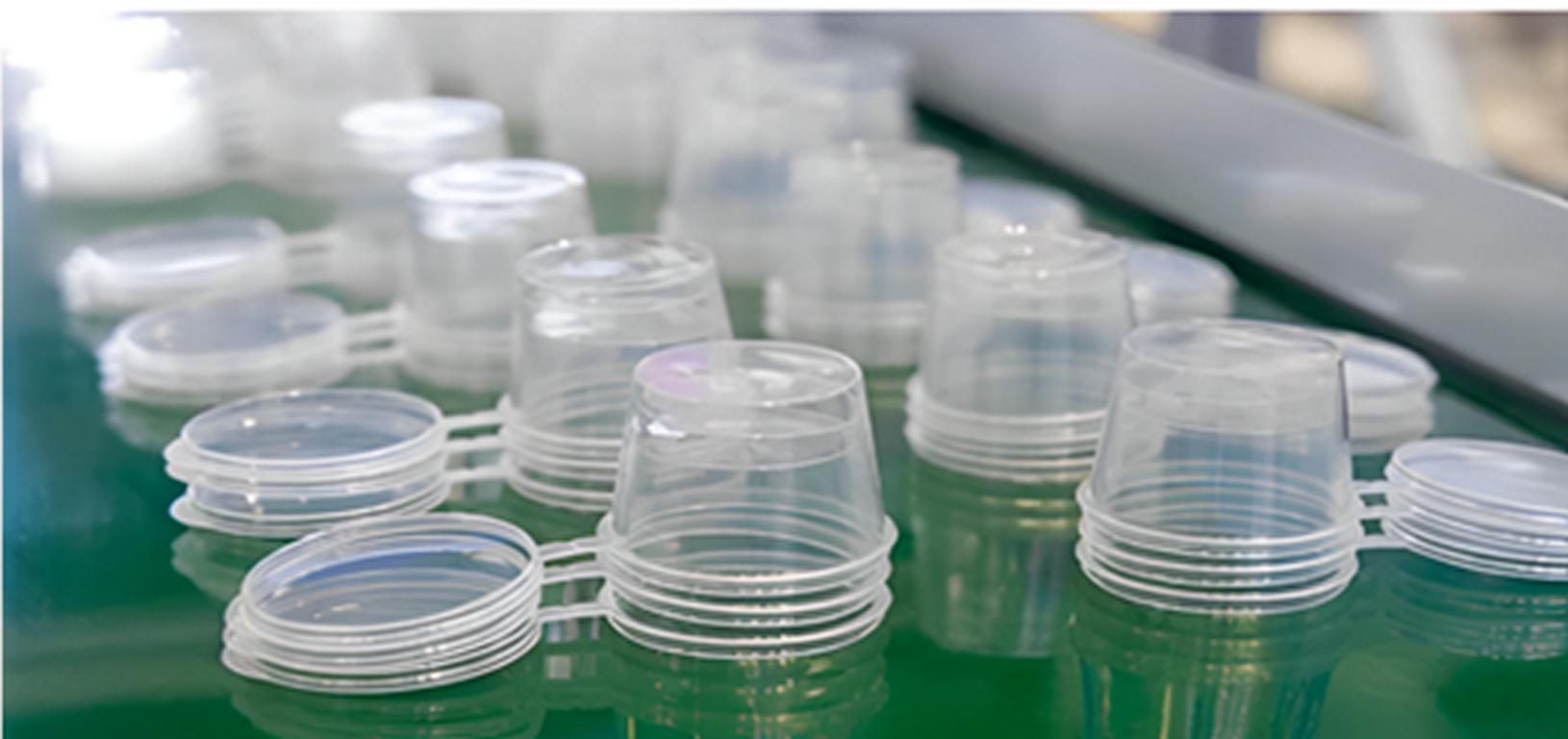
3. Polyvinyl Chloride (PVC)
We can use PVC in containers but avoid it in high-heat applications because it releases toxic chemicals. It is more robust but used least in food preservation particularly where heating is needed and is stamped with code “3.” PVC are mostly used for pipe fitting mold. click here to know more about PVC pipe fitting injection molding.
4. Low-Density Poly Ethylene (LDPE)
Examples of products that use LDPE include; bread and frozen food bags and some flexible packaging. This material is light, versatile, and does not absorb moisture. Therefore it can be used to store foods. Besides this, LDPE is recyclable with the code “4”, but it gets recycled more rarely than other materials.
5. Polypropylene (PP)
PP is most commonly used in yogurt cups, disposable and reusable straws, caps of soda, and beer bottles. That is why, it is heat resistant and suitable for food packaging or products that can be heated in a microwave. PP is safe, durable, and recyclable with code ‘5’. Go to is polypropylene injection molding page to know more about this PP material.
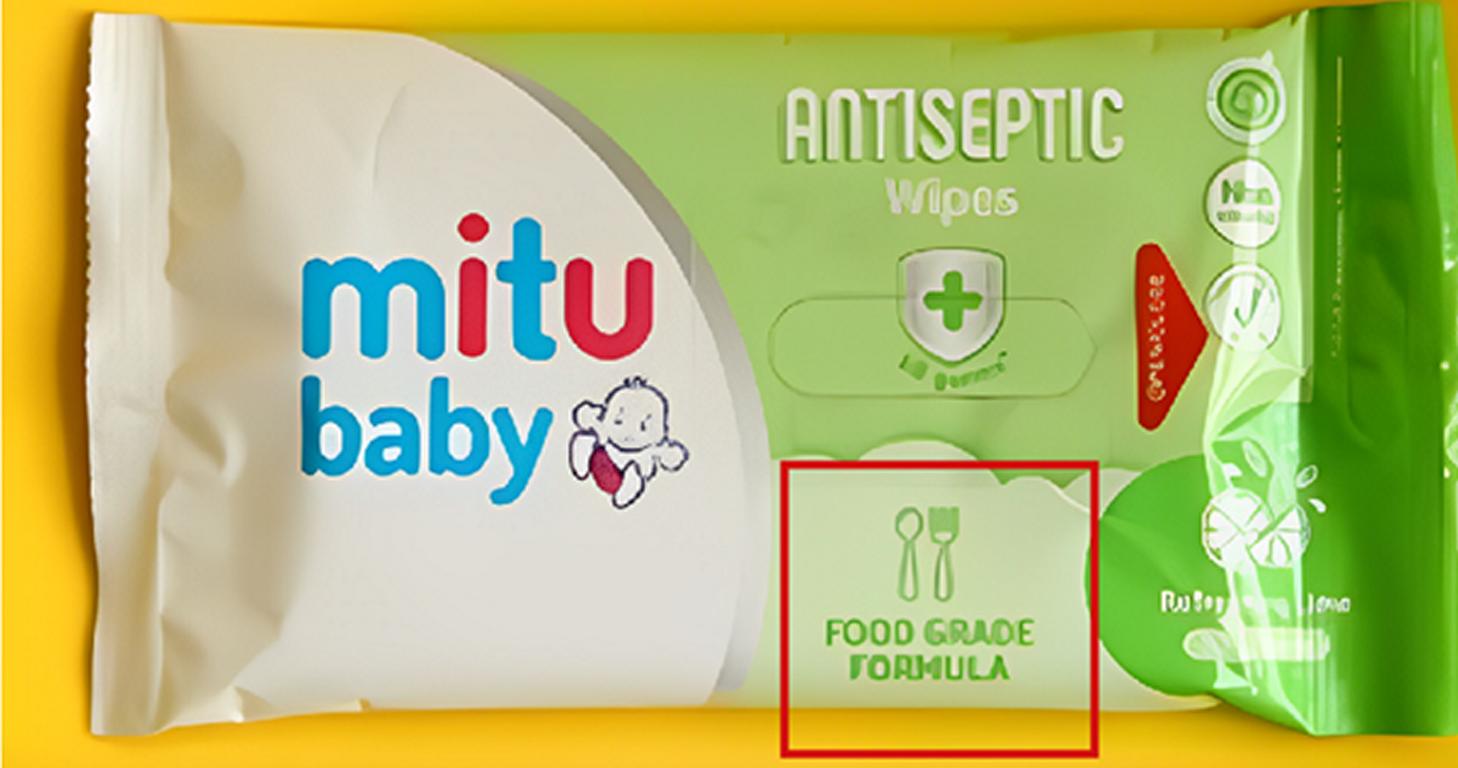
6. Polystyrene (PS)
PS is applied as disposable forks, spoons, knives, cups, and plates. It may be lightweight and affordable, but it’s not the best material for long-term food storage because of fears of chemical leaching, especially when exposed to heat. It’s marked with code “6.” Go to PS injection molding page to know more.
7. Polycarbonate (PC)
It is used in reusable water bottles and food storage containers. It may include BPA, a chemical capable of causing health effects. While these materials are strong and transparent, we should pay extra attention not to using products that include BPA. Furthermore, the PC is noted with recycling code 7. Go to polycarbonate injection molding page to know more.
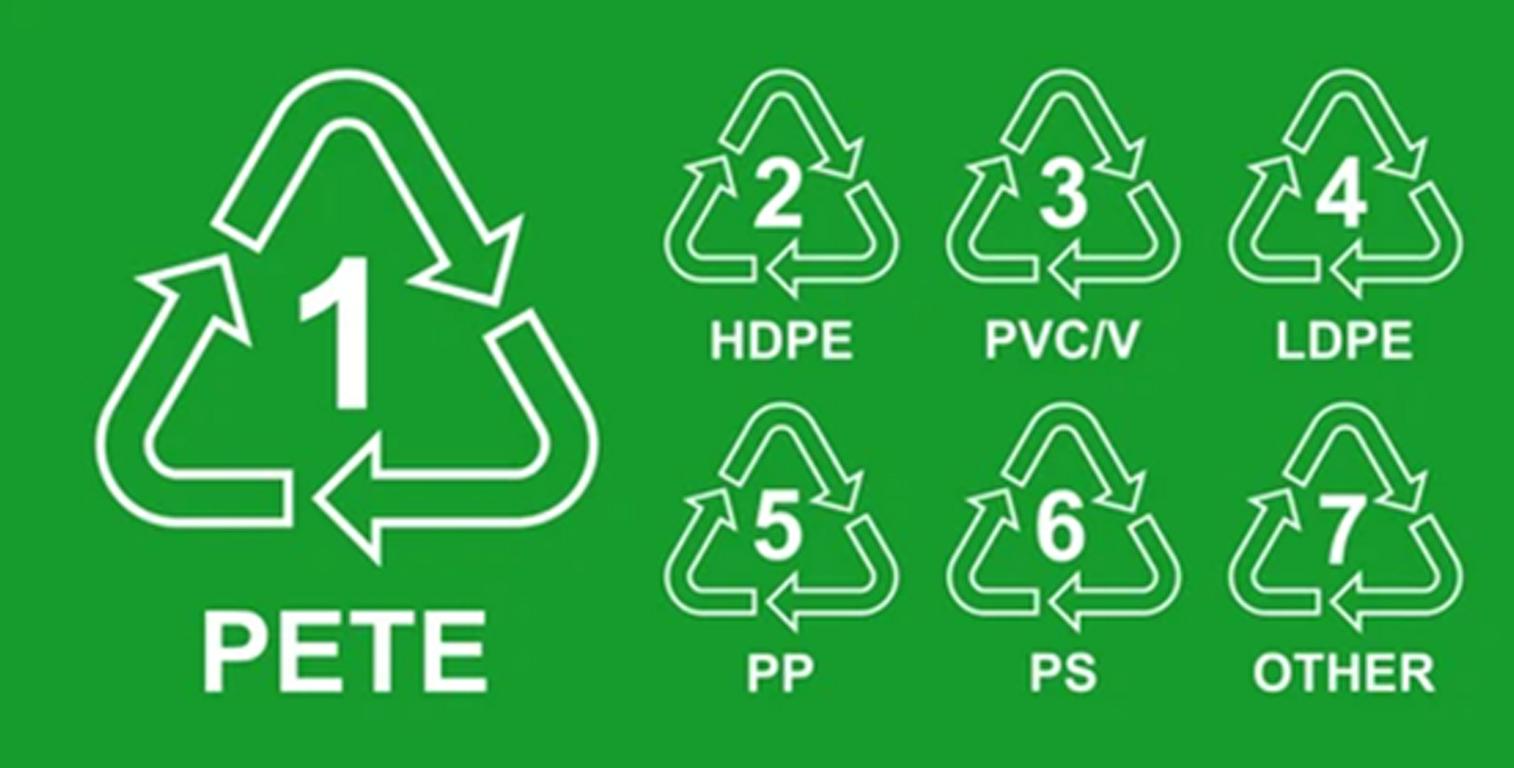
Key Properties Of 7 Types of Food-Grade Plastics
Here are some important types of plastic along with their properties and applications in different industries;
| Plastic Type | Recycling Code | Common Uses | Durability | Heat Resistance | Chemical Resistance | BPA-Free | Recyclability |
| Polyethylene Terephthalate (PET or PETE) | 1 | Beverage bottles, food jars | High | Low | Moderate | Yes | High |
| High-Density Polyethylene (HDPE) | 2 | Milk jugs, juice bottles, grocery bags | Very High | Moderate | High | Yes | High |
| Polyvinyl Chloride (PVC) | 3 | Cling wraps, food containers | Moderate | Low | Moderate | Can contain BPA | Low |
| Low-Density Polyethylene (LDPE) | 4 | Bread bags, frozen food bags, containers | Moderate | Low | High | Yes | Low |
| Polypropylene (PP) | 5 | Yogurt containers, bottle caps, straws | High | High | Very High | Yes | Moderate |
| Polystyrene (PS) | 6 | Disposable cups, cutlery, plates | Moderate | Low | Low | Can contain BPA | Low |
| Polycarbonate (PC) | 7 | Reusable bottles, food storage | Very High | High | High | Can contain BPA | Low |
Five Prominent Features of Food-Safe Plastics;
The following are key features of Food-safe and Food-grade plastics;
- BPA-free and toxin-free
- Heat-resistant and durable
- Inert to food substances
- Odorless and tasteless
- Authorized by regulatory authorities (FDA food plastics, EU, etc.)
Are there any plastic food bottles Safe?
Yes, food-grade plastic bottles and containers are safe to use for human consumption as long as they have been properly washed up, non-BPA type. FDA must approve such product and it should not be damaged over time.
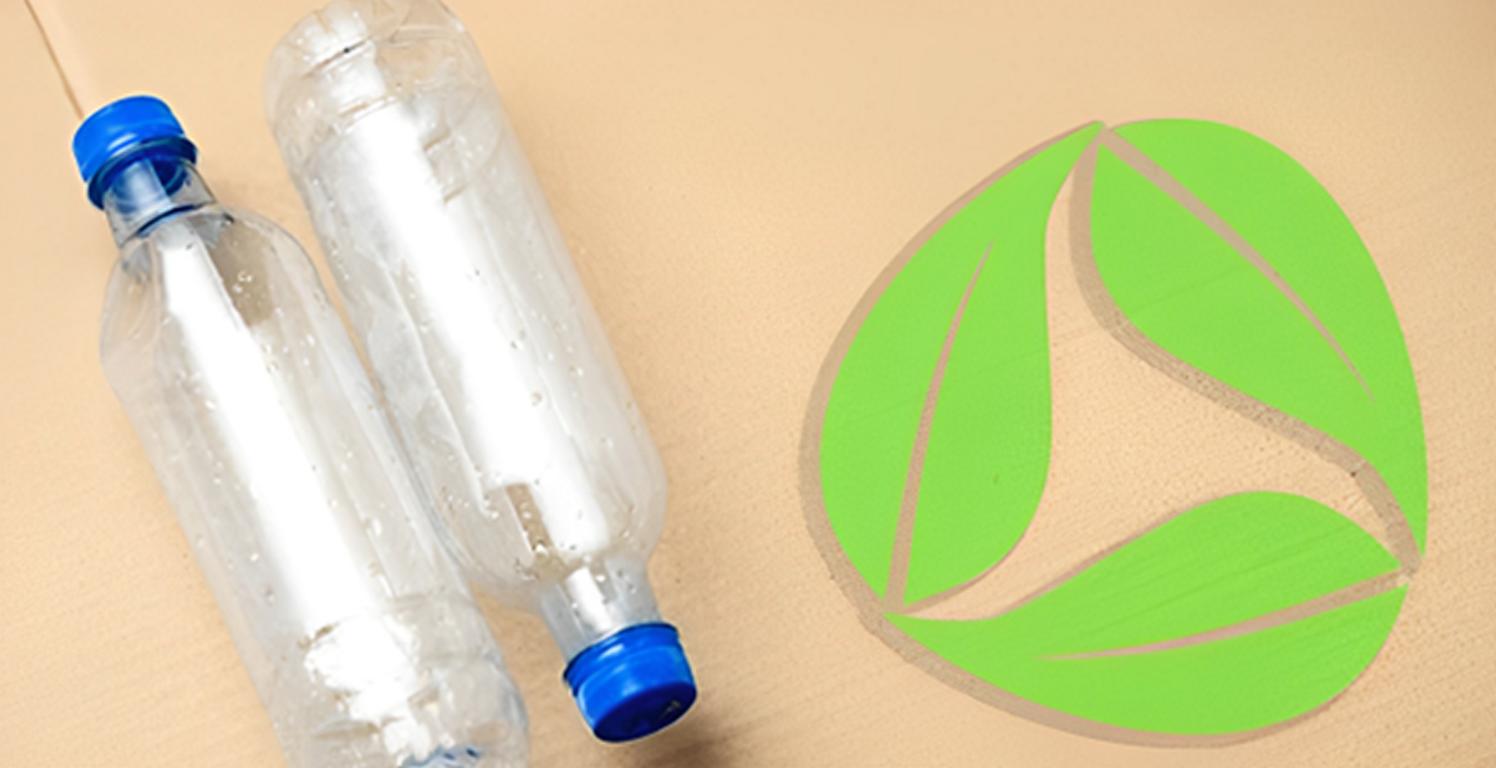
Plastic Numbers Safe for Food Storage
Recyclable plastic types one, two, four, and five, i.e. PET, HDPE, LDPE, and PP are safe for storing foods. Eschew plastics that have a code 3 (PVC), 6 (PS), and 7 (Other) since these plastics contain BPA and other unfriendly chemicals.
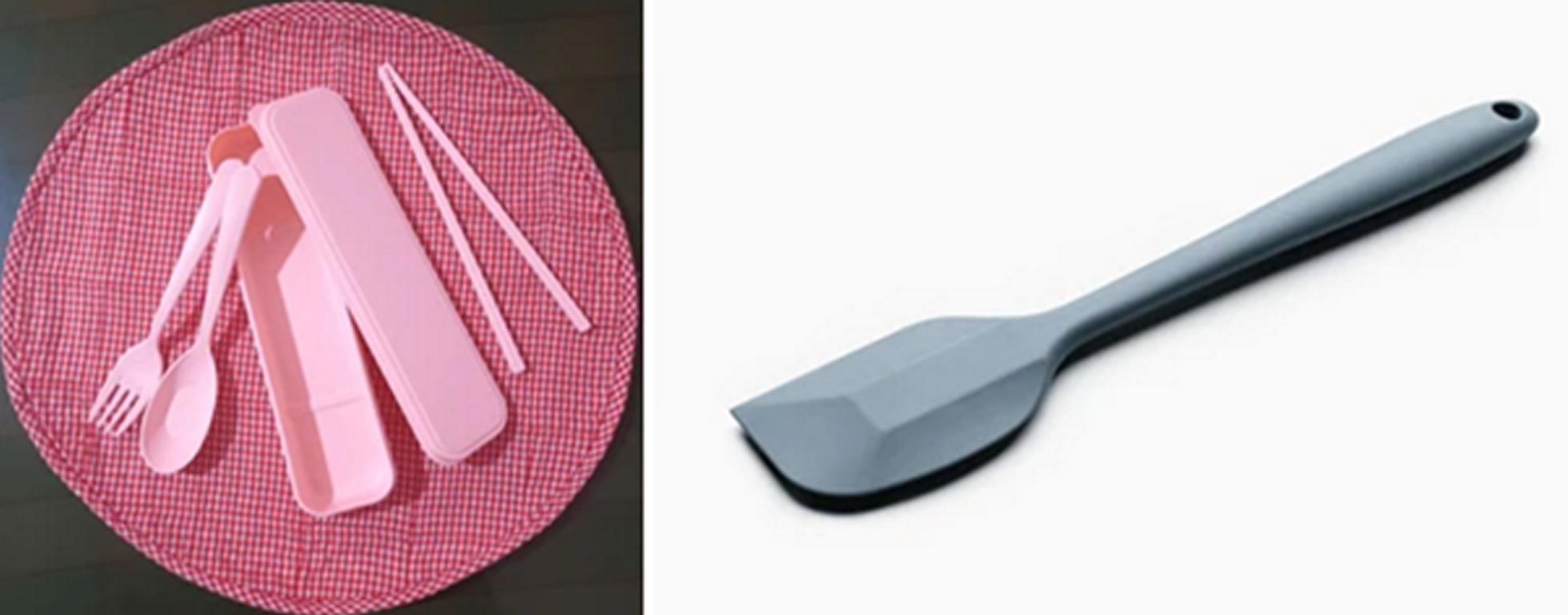
Safe Plastics Number Chart for Food-Grade Plastic
The following table will help us understand what Fodd-Grade plastics are Food-Safe as well;
| Plastic Type | Safe for Food Contact? | Common Use Cases |
| 1 (PET or PETE) | Yes | Water bottles, containers |
| 2 (HDPE) | Yes | Milk jugs, juice bottles |
| 3 (PVC) | No | Cling wraps, containers |
| 4 (LDPE) | Yes | Bread bags, frozen food bags |
| 5 (PP) | Yes | Yogurt containers, bottle caps |
| 6 (PS) | No | Disposable plates, cups |
| 7 (Other) | Depends (avoid BPA) | Miscellaneous items |
Applications for Food Grade and Food Safe Plastics
Here are some common applications of Foof-Grade and Food-Safe plastics;
- Laboratory consumables such as food trays and food packing materials
- Beverage bottles
- Utensils and cutlery
- Paper bags and foils
- Industrial Applications Food Processing Equipment
Benefits of Food-Grade and Food-Safe Plastics
Let’s discuss some pros of Food-Grade and Food Safe plastics;
- Inexpensive and easy to manage
- Durable and shatter-resistant
- Resistant to contamination
- Versatile and easy to mold
- Reusable (if the type of disposable product is taken into consideration)
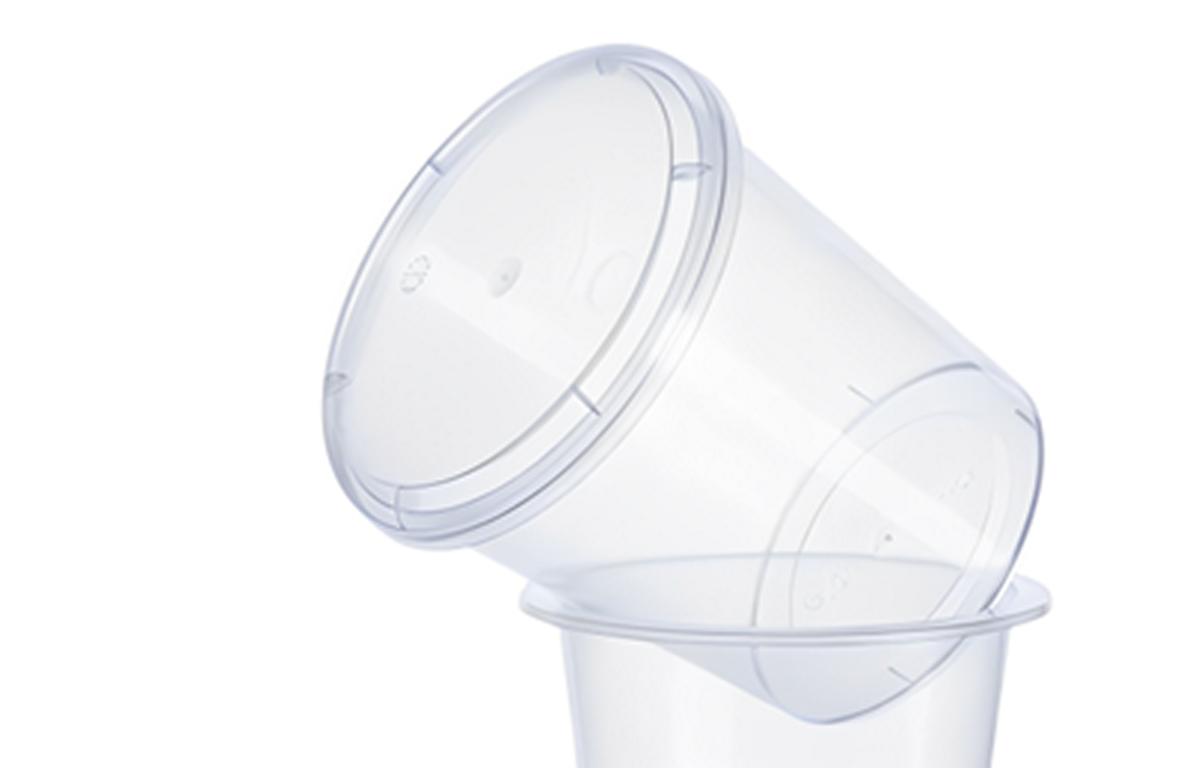
Disadvantages of Food-Grade and Food-Safe Plastics
Here are some cons/limitations of Food-Grade and Food-Safe Plastics
- Potential for environmental harm (plastic waste)
- Some plastics can hardly be disposed of when heated – they emit toxic substances.
- Though most are designed to be shop-safe, not all are microwave or dishwasher-safe.
- Some have limited alternatives for recycling.
- Long-term durability may vary.
Conclusion
In conclusion, Food-grade and food-safe plastics are important components in the food industry’s packaging and preservation solutions. General knowledge of the type of plastic used and the recognition of environmentally friendly products are critical to health and safety. The food and beverages stored will be protected from being contaminated by using BPA-free, FDA food plastics whenever you select them.
Frequently Asked Questions
What does “food grade” mean?
Food-grade means that plastic material can be relayed to the food and it is compliant with legal requirements.
Are BPA-free plastics always safe for food storage?
Yes, BPA-free plastics are a little safer but then make sure that these plastics that you use are food-grade ones.
Can I use any plastic container for food storage?
No, only use containers marked as food-grade or food-safe on their surfaces.
Can the same plastic containers be used again?
Yes, if they are freshly packed, hygienically stored, and in a food contact permissible material. If it’s worn or cracked then recommended not to use it.
What kind of plastic is better for storing food for a longer period?
HDPE and PP plastics are safe for long-term use due to the material’s rigidity and lack of potential chemical reactions.
Why should I avoid plastics labeled with 3, 6, and 7?
These plastics have been known to release pathogens like BPA through heat and moisture impacts.



